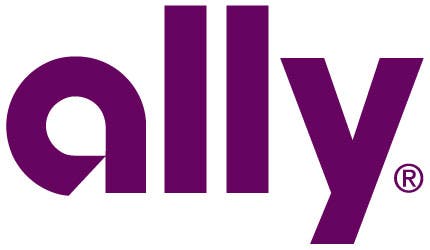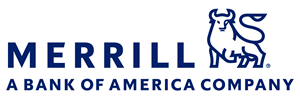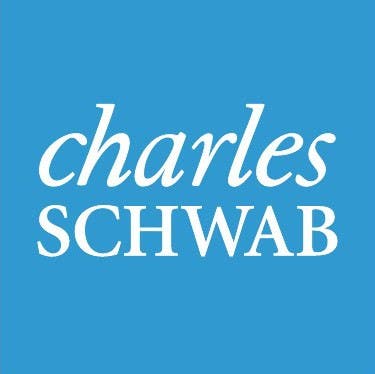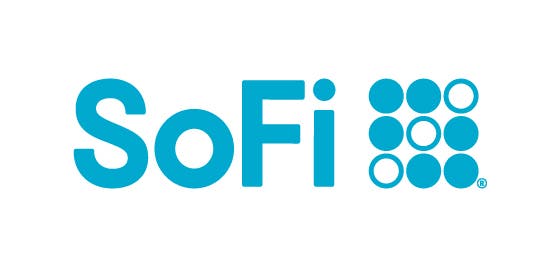J.P. Morgan Self-Directed Investing review 2025
The Bankrate promise
At Bankrate we strive to help you make smarter financial decisions. While we adhere to strict , this post may contain references to products from our partners. Here's an explanation for .
J.P. Morgan Self-Directed Investing: Best for
J.P. Morgan’s Self-Directed Investing account makes a great add-on if you’re already a customer of Chase bank and looking to expand your relationship. The brokerage account offers no-cost trades on stocks, ETFs and some 2,800 mutual funds, plus it offers cost-competitive commissions on options, too. A highly usable mobile app helps you track and trade your investments while also giving you banking functionality. The account types are limited here, with just individual accounts (taxable, traditional IRA and Roth IRA) on offer, as are the types of securities available (no no futures, forex or crypto). But for everyday “core” needs, this self-directed account can get the job done.
If you need a wider variety of account types, a greater selection of securities or a more robust experience, it’s worth checking out Charles Schwab and Fidelity Investments, both of which score highly in Bankrate reviews. Those hunting for a high-powered “go anywhere” broker should take a look at Interactive Brokers.
We want to know what you think about J.P. Morgan Self-Directed Investing
Do you have experience with J.P. Morgan Self-Directed Investing? Let us know your thoughts.
J.P. Morgan Self-Directed Investing: In the details

Overview
JP Morgan provides all the core functionality you'll need, and the new ability to buy fractional shares makes it a better fit for beginning investors.
- J.P. Morgan Chase customers
- Mutual fund investors
- Mobile traders
Pros: Where J.P. Morgan Self-Directed Investing stands out
Mobile app
The well-laid-out and smooth mobile app makes it easy to find, research and trade stocks and funds. So it’s little surprise that it was named one of the best wealth management apps in overall customer satisfaction in J.D. Power’s 2023 survey.
You’ll find J.P. Morgan Self-Directed Investing integrated into the Chase Mobile app, so if you already have that installed, you’re halfway to getting your trade on. You’ll be able to create watchlists, and each stock listed links off to its own page, with charts, basic financial statistics, earnings estimates and a trade button that gets you ready to buy or sell.
A research tab provides the latest market news as well as news specifically on your watchlist stocks. From there you can access J.P. Morgan research reports and economic commentary. And you’ll be able to screen for mutual funds, ETFs and stocks using pre-prepared screens or you can define your own to sift through thousands of investment options. Click on one and you’re taken to a fund or stock page, where you can peruse the finer details and highlights. You’ll also be able to access educational resources here, so you can learn about investing.
Integration with Chase accounts
Like other brokers that are part of larger financial institutions (Merrill and Bank of America, or even Fidelity), your Self-Directed Investing account appears on your Chase dashboard along with credit card accounts, bank accounts and any other account you have with Chase.
That’s an attractive feature if you’re looking to consolidate accounts, one of the biggest appeals of the brokerage service here. You’ll have quick transfers between brokerage and bank accounts, and you won’t have to guess whether your money is in limbo.
If you’re already familiar with the Chase dashboard, it’s simple to navigate with a generally clean interface, so you can get where you want to go easily.
Commissions on stocks, ETFs and options
J.P. Morgan hits the sweet spot on commissions for stocks, ETFs and options – three of the most popular investment types. Here’s how much it will cost you to trade them:
- Stock commissions: $0
- ETF commissions: $0
- Option commissions: 65 cents per contract
Those numbers are solidly good, but the industry is so competitive that the figures are also merely in line with most of the top players such as Fidelity Investments and Charles Schwab, though Robinhood and Webull both offer no-cost options trades, too. No matter, J.P. Morgan delivers on one of the most important areas for investors: cost.
If you need to make a broker-assisted trade, however, it will run you $25 a pop.
No mutual fund commissions
When it comes to no commissions, J.P. Morgan takes it a step further than many brokers. The broker charges no commissions on mutual funds, and it offers about 3,000 in total – not the highest by our count, but enough to find what you’re looking for. And that pricing outdoes many rivals, some of whom offer no transaction fees on only the buy or sell, or minimize their commissions only on their in-house mutual funds or other no-transaction-fee funds.
The broker’s pricing puts it squarely among the best brokers for mutual funds, and it should appeal to mutual-fund investors, including new investors and retirement investors. This is one place where J.P. Morgan competes well with apps such as Webull and Robinhood and even tastytrade – none of which offers access to mutual funds, let alone no commissions on them.
Fractional shares
One of the more popular features at many brokerage firms is the ability to own fractional shares. This feature allows investors with less money to put all their money to work. Don’t have enough money to buy a full share of Amazon? Buy a partial share and enjoy the benefits. Some brokers even let you reinvest dividends into fractional shares, allowing you to put that cash to work.
J.P. Morgan also offers this feature but limits it to ETFs and stocks that are part of the S&P 500 and Nasdaq-100 indexes. You’ll need to invest at least $5 for each purchase. The broker also allows you to reinvest dividends into partial shares, so your money can compound faster and earn even more dividends.
No account minimum
Beginning investors will be able to get started with no account minimum, which admittedly is pretty much the industry standard these days. But it’s still good to see.
Cons: Where J.P. Morgan Self-Directed Investing could improve
No advanced types of investments
If you’re looking to trade anything off the beaten path with your self-directed investing account, you can forget about it. About the most exotic thing you’ll get here is options, which should be plenty of excitement for most investors. That means no futures, no foreign exchange and no cryptocurrency.
The thing is, that shouldn’t be a deal-breaker for most investors. Stocks, options, ETFs, mutual funds and bonds should cover the investment needs of virtually everyone, and more esoteric products such as forex can be left to the pros. But if one of these things is a vital necessity, then you’ll have to turn elsewhere. Robinhood and Webull both offer crypto if that’s your thing and you like mobile trading, while forex speculators should turn to one of the best forex brokers.
Limited account types
The J.P. Morgan Self-Directed Investing account comes in just three types: individual taxable accounts, and traditional and Roth IRA accounts. While this certainly covers a wide range of investors, it won’t cover a number of popular but more niche accounts such as joint accounts, trusts, custodial accounts, SEP IRAs, 529 accounts, estates and more.
And that’s too bad, because a number of other rivals, including at the big banks, offer a much wider variety of account types. Merrill Edge, for example, offers each of those other account types as well as business accounts and many more. And it’s a similar story with Fidelity, Interactive Brokers, Charles Schwab and more.
So if you want the basic account types, you’re fine. Otherwise, you’ll need to look elsewhere.
Review methodology
— Bankrate's Rachel Christian contributed to an update of this review.
J.P. Morgan Self-Directed Investing customer reviews

J.P. Morgan Self-Directed Investing has 43 reviews
Dive into community reviews below and see what others think about J.P. Morgan Self-Directed Investing.
In July 2024, Bankrate collaborated with a third-party vendor to survey 800 brokerage and robo-advisor account holders nationwide. Bankrate and our vendor collected and summarized account holder responses to five rating questions on a 5-point scale as well as open-ended reviews of the account experience. Responses are based on individual account holder product details, and therefore cannot be verified for accuracy. User ratings are unedited and have not been reviewed or approved by the associated brokerage or robo-advisor, nor do these responses reflect Bankrate's own expert review of these banking products.
Community Reviews
Thank you for sharing your experience with Bankrate

















